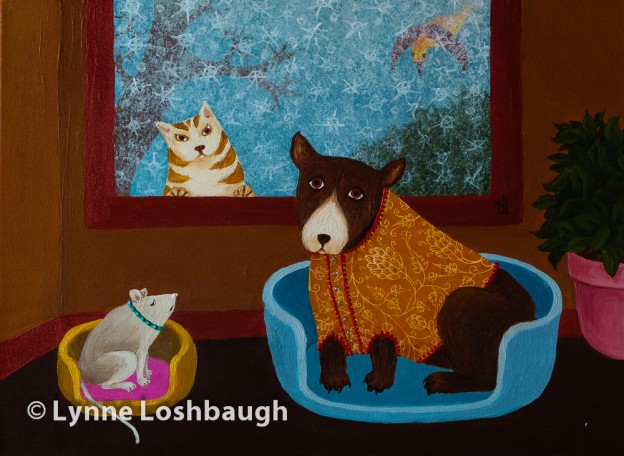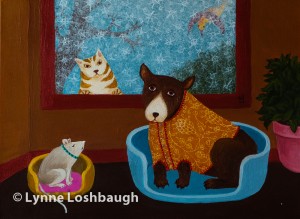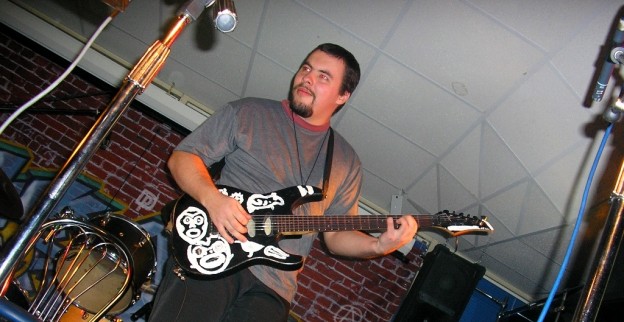A (Polish) dictionary of literary scenes. Full of images relating to various tales, as well as explanatory text I cannot read. For instance, Bulgakov’s Master & Margarita includes paintings of Christ & Pontius Pilate, photo of Bulgakov, painting of a street in 1930s Moscow, photo of a fellow with horns in a production of M&M, and a painting of Christ on the cross. Hamlet includes various paintings of Ophelia, or the man himself looking thoughtfully at poor Yorick. [ISBN: 9788372664204]
**
A double book: one copy in Slovene, one copy in English. It’s about star-children, and I think the translator was mistaken about a word. When the little stars wake up in the evening, “they mince their eyes”, which sounds, well, painful. I can’t identify any part of the Slovene that this is translated from; the English text is about four times longer than the original as well.
**
Lithuanian folktale explains why cats wash their faces after eating: A cat caught a quick-thinking sparrow, who exclaimed “I never met anyone who ate breakfast before washing their face!” Chagrined, the cat began to wash its face, whereupon the sparrow flew away. Even more chagrined, the cat vowed to wash afterwards.
**
Series of what appear to be trashy paperbacks by one Darya Dontsova (www.dontsova.ru). Very busy covers. Here’s one called Две невесты на одно место [Dve nevesty na odno mesto/Two brides for one spot] with one of the many things on the cover being a business card for Ivan Podushkin, gentleman сыска [syska] (detective).
**
Also from Poland: THE PWN GREAT ENCYCLOPAEDIA – how appropriate for this to come out of Poland, which has historically been pwned so many times…
What do they actually mean by PWN? It’s an acronym, which I can’t specifically find spelled out, but I’m guessing it stands for something like Polski Wydawnictwo Naukowe (except with proper Polish grammar, which I have no grasp of), or Polish Publishers of Science. Except the full name of the publishing house seems to be Wydawnictwo Naukowe PWN, so who knows?

 Like many of you, I spent a good chunk of time with family for the Thanksgiving holiday. We gathered at my granny’s house (crossing over the river and through the woods, of course) this year in New Mexico.
Like many of you, I spent a good chunk of time with family for the Thanksgiving holiday. We gathered at my granny’s house (crossing over the river and through the woods, of course) this year in New Mexico.
